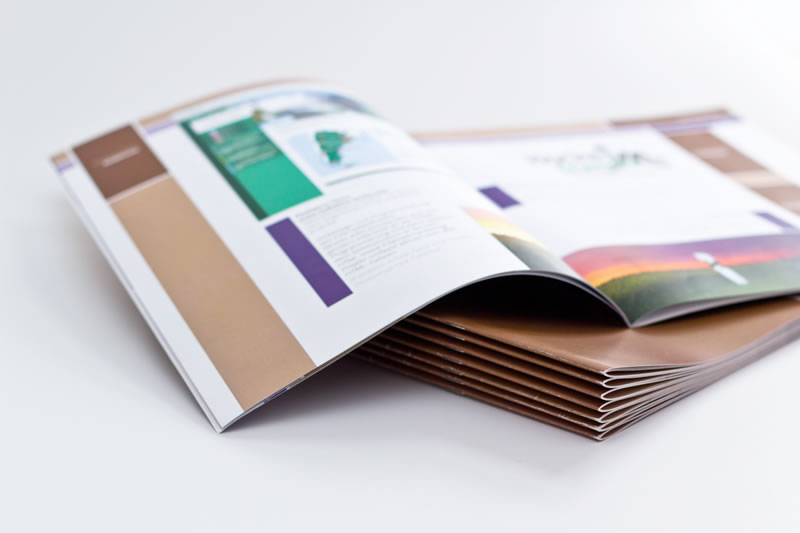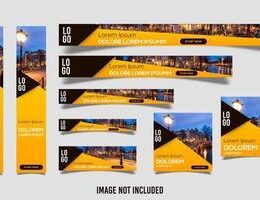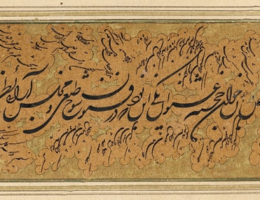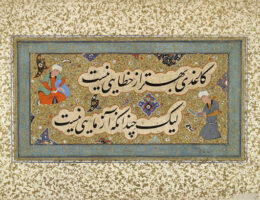IRAN ART EXHIBITION: HOW A CATALOG CAN BE USEFUL FOR AN ARTIST
A catalog of your art can be a snapshot of your career at a moment in time or a retrospective documenting your entire life’s work.
With the advent of on-demand, inexpensive publishing, every artist should be using catalogs to promote their art.
And, yes, I recommend print catalogs above electronic versions.
A printed artist catalog is tactile. It can be placed in a gallery setting and held in one’s hands. It can be sent through the mail with a handwritten note as a gift to a VIP. I also recommend a physical catalog because there’s nothing like seeing your art in print.
Printed catalogs can also be sold. However, catalogs of your art are rarely money-making ventures. I encourage you to think of them as marketing pieces and documentation rather than products you might sell for profit.
Use the checklist below to ensure that your catalog has all of the components to make it a lasting document of your art—one that you are proud of.
Pre-Project Checklist for Your Artist Catalog
Focus
Before you begin, you must determine the focus of your catalog. Just as you curate an exhibition of your art, you curate the content of your catalog.
Unless your catalog is a retrospective, you won’t be served by putting everything you’ve made into a catalog. Instead, tighten it up and focus on a single solo show or body of work.
High-Quality Images
Don’t even think about a catalog until you have professional photos taken. Excellent print quality demands high-resolution images that show off your work in great detail.
IRAN ART EXHIBITION: Now that you have the focus and the images, you can begin to think about the inside.
Contents of Your Catalog
Cover
Your name
Featured image
Title of exhibition or body of work
Title Page
Title of publication
Your name
Website address
Flipside of Title Page
Copyright notice and date
Credits: Designer, Editor, Proofreader, Essayist, Photographer, etc.
ISBN number (if you use one)
Instructions for ordering copies
Your contact information and social media sites
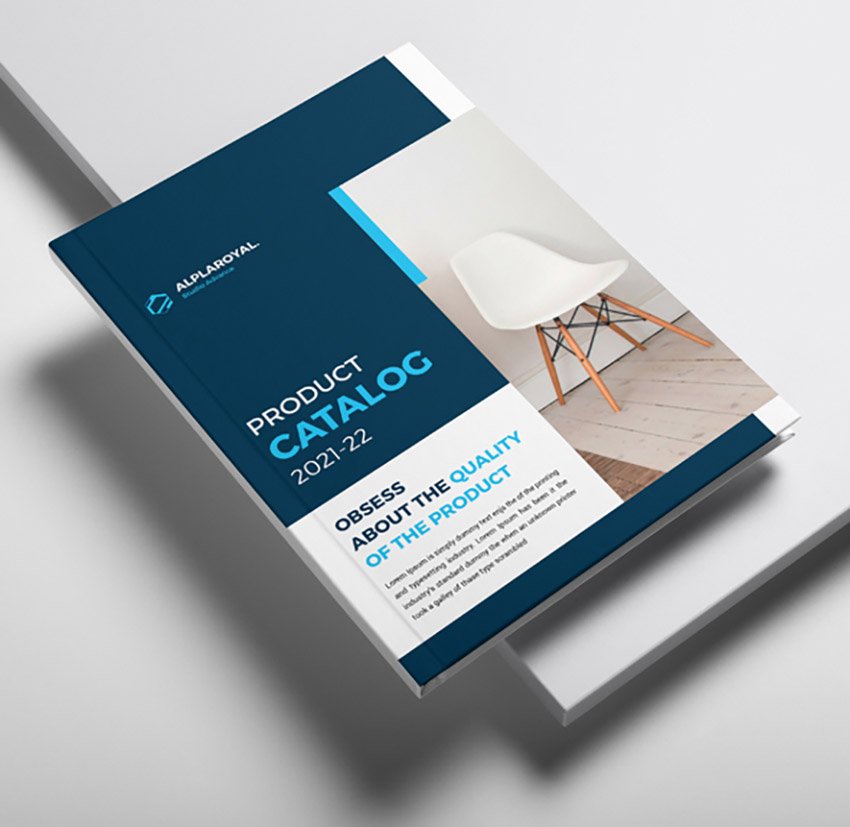
Image Formatting and Placement
IRAN ART EXHIBITION: Images placed next to one another in the catalog should look good together. Remember that you’re curating your art and want to show it in the best light.
Don’t forget the credit lines! You don’t need your name with every image unless the catalog includes work other than your own, but every image should include:
Title, medium, HxWxD, and date (if you use dates).
You might also include © notice and photography credit.
Text
The written portion of your catalog is an opportunity to tell people about you and make deeper connections.
“About <Your Name>” can be placed at the front or back of the catalog. It might be written in the form of a bio or have the following subheadings:
• Exhibitions
• Public Collections
• Bibliography
• Education
Your artist statement can be on or near your About page or placed next to the images.
If you have representation, include a Galleries section to tell readers where to find your work.
An essay by someone else (a curator, critic, or art historian) can contextualize your art and would be placed at or near the beginning of the artist catalog. This will also elevate the prestige of your work.
Add stories about individual pieces next to the images.
Prices
Rather than printing prices in your catalog, insert a separate piece of paper with a price list. This allows you more flexibility with pricing.
IRAN ART EXHIBITION: Take advantage of your new catalog as soon as it’s published. If you’re hard at work in the studio, it will soon be out of date.
